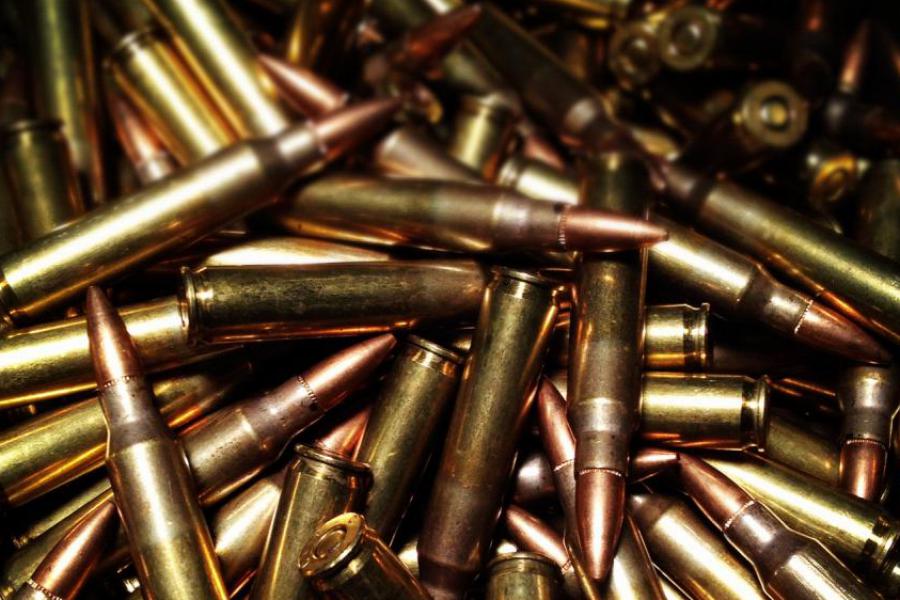The .223 and the 5.56×45 cartridge are some of the most commonly used rifle cartridges in the U.S. and the world today. There are many similarities between the two but bear in mind you should REALLY know the differences. I could write a really long and possibly dry article on all the intricacies, uses, history and dimensions, but this is not for re-loaders, competition shooters or experienced people. You want the straight deal on what this means for you and your new rifle, and we can expand on knowledge from there.
Let’s start with the bullet:
I want to start off, before getting into ANYTHING, that while similar, these two rounds are NOT the same. NO ONE TOLD ME at first, that is why I am telling you now. You can shoot .223 in a 5.56×45 rifle all day and never have to worry about anything more than accuracy. NEVER shoot a 5.56×45 out of a barrel stamped with .223. The round is identical, however the head spacing and pressures are different and could injure you or others if neglected.
Back to the business.
The gr. in a bullet is most commonly mistaken for the powder in a bullet. This is not so. Powder is measured in grains, but that info is generally not on the box you buy off the shelf. The gr. (as in .223 55gr.) refers to the actual weight of the projectile (the shiny copper piece). The heavier the bullet grain, the more punch that round will have. There are other factors like powder, barrel length, etc. but that is for another day.
Depending on your needs, ie: Varminting, target shooting, long range accuracy etc., should determine the type of bullet you use to get the job done. A heavier bullet will have more power and would also be (I may be wrong, please send emails for correction) better recommended for longer ranges and knock down power. Lighter is better for all around use, closer ranges and lower general fun at the range (shenanigans).
Let’s talk about barrels for a moment.
On most common off-the-shelf AR’s (Bushmaster, Stag, DPMS, Colt etc…) you will find a nice rifle with a chrome lined, 16”, 1-9 twist barrel. What this means is the bullet completes one full rotation IN the barrel in 9 inches. So in a 16”, 1:9 barrel, the bullet will have completed 1.8 (rounded) rotations before exiting the muzzle. 1:9 is the most common for the 55gr.-62gr. variety which just so happens to be the most commonly produced weight. If your needs, or wants are different there are more weights and twists available.
The simplest way I can think to remember what bullet for what twist is, more weight needs more spin. So if you are leaning towards a heavier grain bullet for whatever your needs are, you probably want to look more towards a 1:7 (there is a 1:8, but if you know that, you aren’t here because you’re new). Bear in mind though, a lighter round may not be as accurate because the higher rate of twist can actually shear off the jacketing of the round due to the weight to spin ratio, so make sure you aren’t wasting time and money by mismatching tools. The 5.56×45 and the .223 can actually go REALLY far when properly matched with the correct barrel and twist.
Until you know what you want to pursue more with your new rifle, stick with the 1:9 and the 55gr-65gr bullets until you know more about your rifle and what you want to do with it.
I hope this helps make your bullets and barrels a little less baffling for all the new owners out there. If you want to add something or if we botched something up let us know so we can correct it.
Thanks again for reading, remember to always check your chambers and stay safe.
Some of our resources include:
- http://www.6mmbr.com/index.html
- http://en.wikipedia.org/wiki/5.56
- http://en.wikipedia.org/wiki/Rifling
- http://www.ar15.com/index.html
- And personal trial and error… d’oh.



